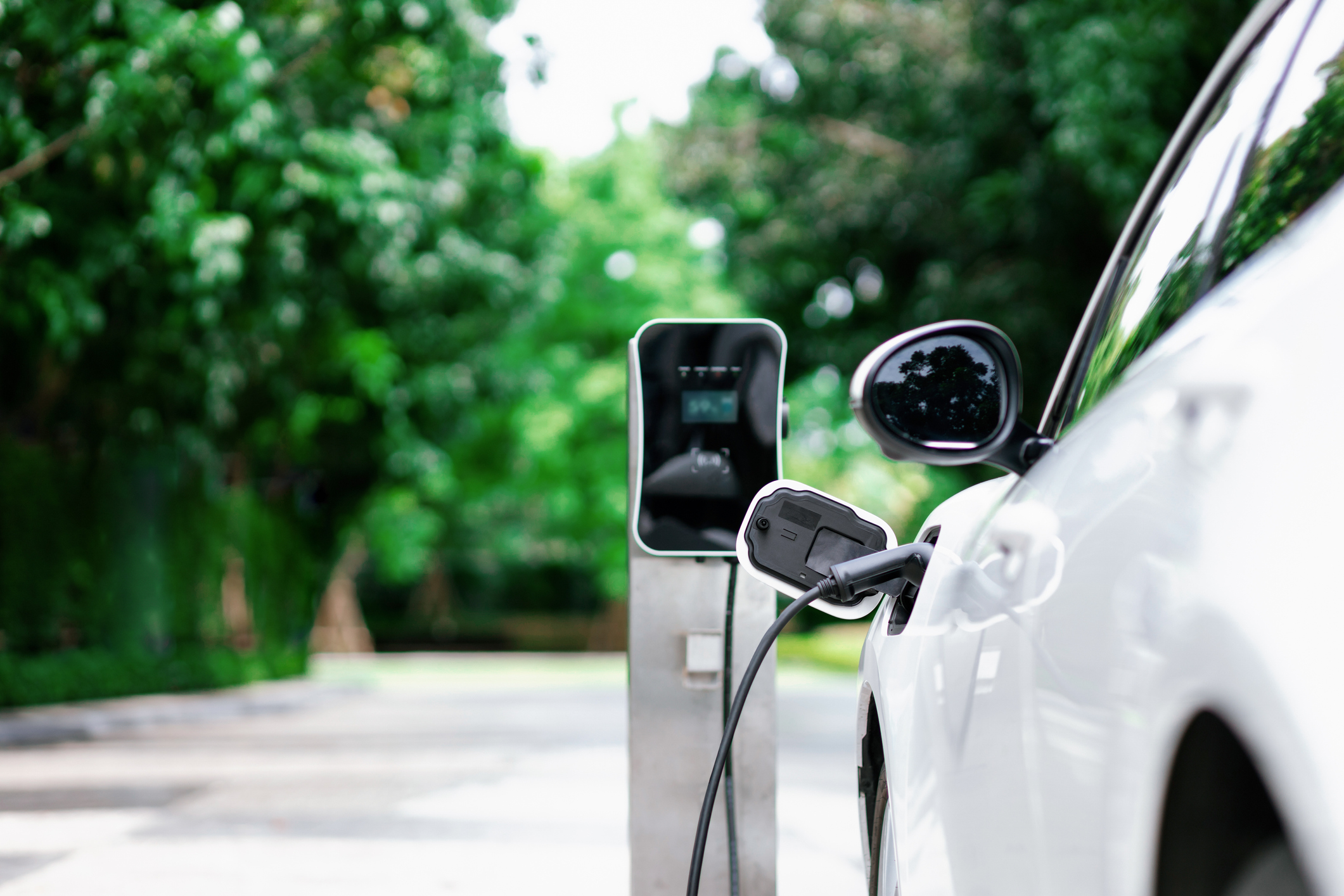What is a Floating Wind Farm?

Nov 21, 2017
Wind farms are very effective in generating electricity that’s both clean and powerful, whether they’re on land (onshore) or mounted on towers that are embedded into the sea floor (offshore).
The wind turbines that make up the farms have been installed on seabeds since the 1990’s, close to shorelines. These offshore wind farms can harness the wind that blows over miles and miles of unbroken seascape; wind that’s undisturbed by mountains or buildings.
Given that even greater wind flows occur even farther out on the sea, it does make sense to put the wind turbines where the greatest wind is. This is where the floating wind farm comes in...
Onshore, Offshore, and Floating Wind Farms
Onshore, offshore, and floating wind farms all have an important place in supplying renewable energy. The advantage of floating wind farms is they can be positioned in much deeper water than fixed-bottom farms. That means they can capture the even-stronger winds found far offshore, in waters too deep or too difficult to install turbine mounting towers. Much of the American coastline with the strongest winds also has the deepest waters, making it difficult to build wind farms there. Since floating wind turbines requires no pile driving like their fixed-bottom or land-based counterparts, they can be constructed wherever necessary—even on land—and then be towed to wherever they’re needed. For example, they can be moved to accommodate changing currents or altering use-patterns of the ocean.
The World’s First Floating Wind Farm
The world’s first-ever floating wind farm began operation off the east coast of Scotland in October. Called the Peterhead Wind Farm, or Hywind, it was built by Norwegian company Statoil. The farm yields 30 megawatts of energy—enough to power 20,000 homes. The five turbines that comprise the wind farms are gargantuan. At 846 feet high, they’re essentially the height of one Washington Monument balanced on top of one Statue of Liberty. These behemoths were constructed in Norway and then towed to their current location 15 miles off the coast of Scotland, where they are moored to the seafloor with enormous, sturdy cables.
Investors hope that having Hywind online will help convince other governments and companies that floating offshore wind farms are another solid example of wind technology.
Where Floating Wind Farms May Be in the U.S.
Researchers are exploring the potential of floating wind farms on the East Coast, like Maine, and on the West Coast, like California. For example, Seattle-based Trident Winds, is proposing the West Coast's first offshore wind farm in open ocean, about 33 miles off the coast of central California. In other parts of the world, Japan and the Mediterranean are being considered, since their seabeds also have sudden drop-offs.
While a floating wind farm offers many benefits, the engineering of floating wind turbines is new. Happily, however, other fields have already solved many of the challenges floating wind turbines pose. Wind engineers are learning much from the lessons of engineers who build floating oil and gas facilities. It will be fascinating to watch how much floating wind farms contribute to the world, in creating massive amounts of energy that many can benefit from.
CleanChoice Energy supplies customers with 100% renewable energy from wind and solar power. Learn how you can make the switch to clean energy today.
Stay in the know
Learn about clean energy, climate tips, special offers, and more



